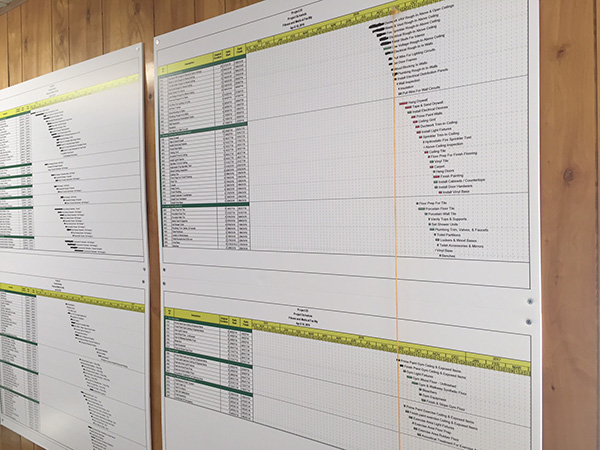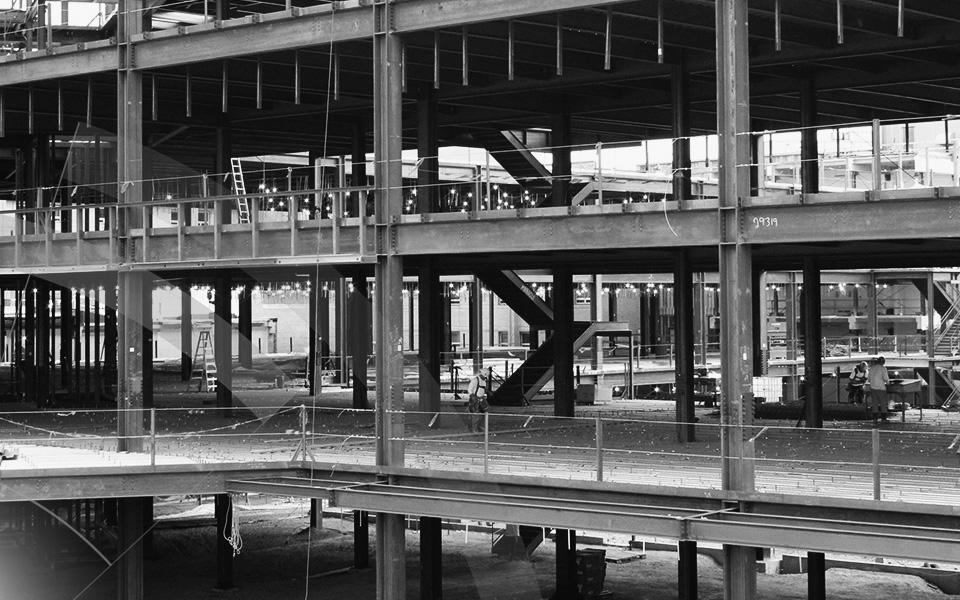Lean Construction, Projects
Lean construction is a way to add value to projects, and yet, our industry is still figuring out how to fully adopt the principles. In many ways, contractors have been applying principles of lean without using the terms. For example, at Carle Hospital, we employed multi-trade coordination to prefabricate headwalls. By the end of the project, we were embracing the process as a lean principle, but at the time our team chose this method simply because it made sense. This was before our company recognized what lean was and the value it offers.
While our industry is moving toward more collaborative delivery methods including lean construction, we sense a reticence in the industry that stems from lack of understanding, buy-in from some partners or even a tendency to stay with tried and true design and construction methods.
Since the fundamentals of lean are rooted in collaboration among the entire team, there’s room for improvement in our industry.
Starting with one
Sometimes all it takes is one person. One project. One success. For us, the initial spark was Carle Hospital, where we experienced the potential of what lean is intended to do. We wanted to know more about lean construction, so we hired a consultant to teach us.
We attended training and conferences and connected with peers and industry organizations on the topic. Since then, we have applied additional lean practices to other projects, and as we’ve done so, we’ve learned what this kind of project approach takes. We won’t apply every principle on every project, and we’ve realized that we may have to adapt each strategy to maximize value.
Committing to the goals before the process
This past year, we completed a ground-up health and wellness center for Toyota, the originator of lean thinking. By focusing on what was important to Toyota and what would most benefit the project, we directed our lean activities to the schedule and visualization.
The milestone schedule was originally developed four months before the project began. Toyota wanted the facility turned over for a planned function. However, at the beginning of the project, more than a month was lost due to weather and unsuitable soils.
Our superintendent regularly uses pull planning and the Last Planner® System (LPS) to manage the schedule so he started with the original milestones to pull back the schedule. His process organized the trades by system - inviting smaller groups of trades to frame walls or accelerate above ceiling work – essentially tailoring the pull planning process to fit the project needs and trade partners working on it.
An overhead projector and posted drawings were also used to increase visualization of the project plans. The drawings and quality plans were enlarged on white boards for easy mark-ups and placed for everyone to reference onsite. The owner appreciated that they could walk into the trailer and know exactly where the project stood by looking at the pull plan schedule.
And, we tried something new. Toyota had a requirement to post the original Gantt schedule with a string line delineating where we were tracking each day. This new visualization tool also helped our team see how they were progressing.
We turned the building over a week earlier than the final agreed contract, and only a week later than the original schedule, ultimately pulling the schedule back by three weeks. This, and Toyota’s reaction to the tools we used confirmed that we understood their goals and met their expectations.
Continuing the journey toward lean
The tools of lean construction indisputably add value to our projects, whether by using technology to improve visualization, applying Target Value Design to improve estimating, prefabricating systems to save time and money or simply using pull planning to streamline the schedule.
As we continue our lean journey and our own process of continuous improvement, we’re advancing how lean construction is leveraged on our projects.
We have dubbed February “Lean Month” - a month people think of as a time to focus on relationships. We’ll be sharing our perspective about lean and how it relates to quality, safety, productivity and high performance – thinking beyond pull planning - to maximize value and minimize waste. I hope you’ll continue to follow our conversation and let us know your thoughts.
To read other stories about how we’ve used the principles of lean construction to achieve our client’s goals, refer to the following case studies:
About the Author






